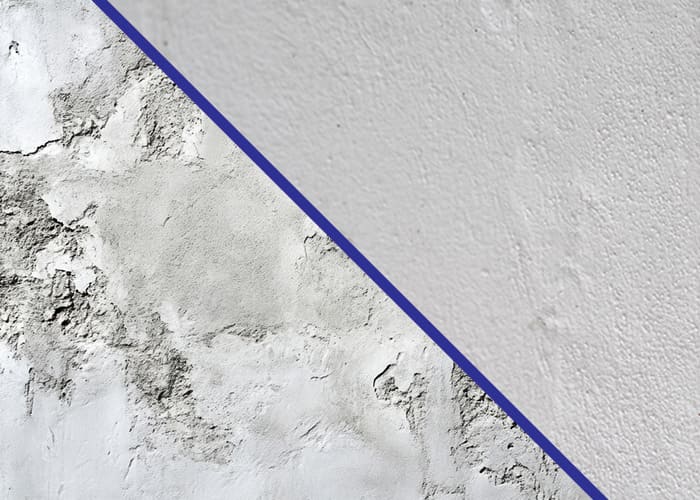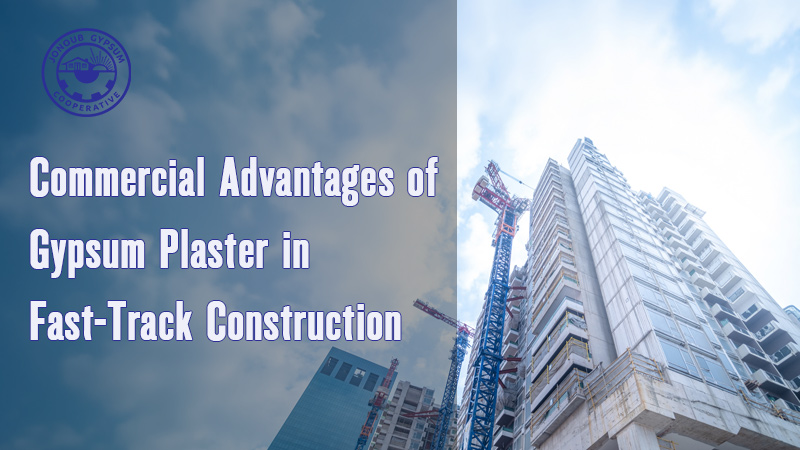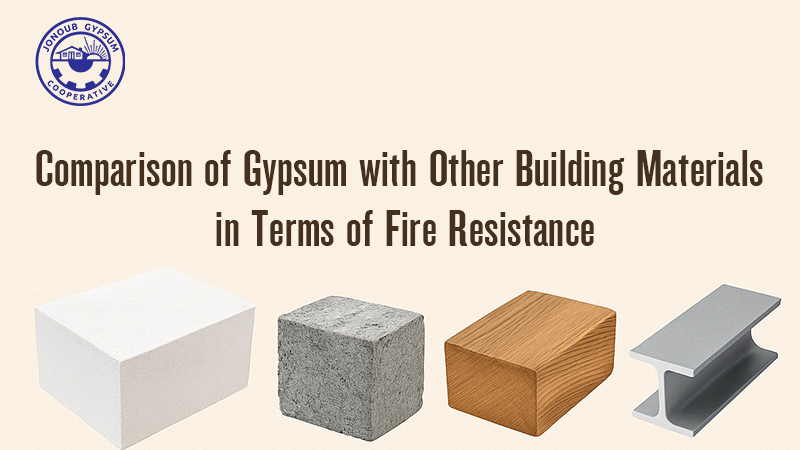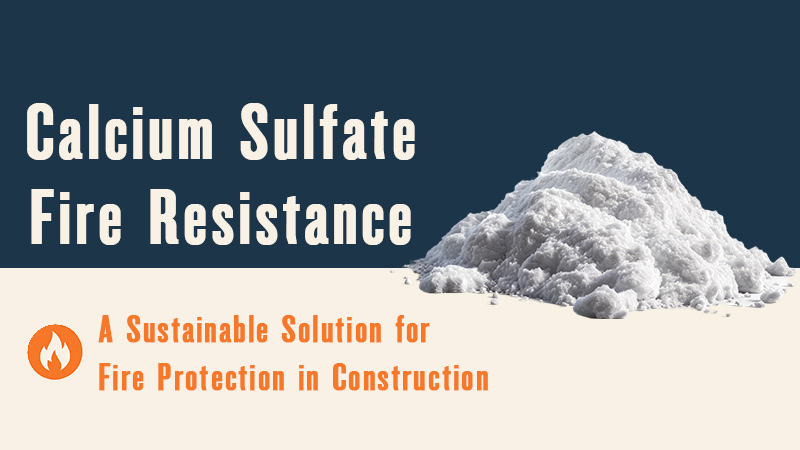
Gypsum plaster, also known as plaster of Paris, is widely appreciated in the construction industry for its smooth finish, ease of application, and quick setting time. It has become a popular choice for internal wall and ceiling applications across residential and commercial spaces. However, when it comes to exterior applications, the suitability of gypsum plaster becomes a subject of debate. To determine whether gypsum plaster is an appropriate material for outdoor use, it is essential to understand its properties, limitations, and how it compares to alternative materials more traditionally used in exterior environments.
Understanding Gypsum Plaster
Gypsum plaster is a white powder derived from the mineral natural gypsum (calcium sulfate dihydrate). When mixed with water, it forms a paste that can be easily applied to walls and ceilings. As it dries, it sets into a hard, smooth surface. This quality makes it an ideal choice for interior finishing, especially when a high level of detail or decorative molding is required.
Gypsum plaster is known for several advantages:
- Quick Setting Time: It hardens faster than traditional cement-based plasters.
- Smooth Finish: It provides a paint-ready surface with minimal sanding.
- Lightweight: Its lower density makes it easier to handle and apply.
- Low Thermal Conductivity: It offers some degree of insulation, enhancing indoor comfort.
- Fire Resistance: Gypsum naturally contains water, which provides a degree of fire resistance.
Despite these advantages, the material has one major drawback that becomes critical when evaluating its use outdoors: poor water resistance.
Limitations in Exterior Applications
Gypsum plaster is highly susceptible to moisture. When exposed to water or even high humidity over time, it tends to:
- Absorb moisture, leading to weakening of the structure.
- Crack, crumble, or swell.
- Develop mold and mildew growth.
- Lose adhesion, particularly when applied over non-porous surfaces.
These weaknesses render gypsum plaster unsuitable for external walls or surfaces that may come into contact with rain, humidity, or fluctuating outdoor conditions. In regions with seasonal weather changes, including freeze-thaw cycles, gypsum plaster can deteriorate rapidly when used outside.
Comparing Gypsum Plaster with Cement Plaster

For exterior applications, cement plaster is the preferred material due to its durability and resistance to environmental factors. Cement-based plasters, typically composed of Portland cement, sand, and water, offer several advantages over gypsum plaster when used externally:
- Weather Resistance: Cement plasters can withstand rain, heat, and frost.
- Durability: They are less prone to damage from physical impact and moisture.
- Versatility: Cement plaster can be used on a variety of surfaces, including brick, concrete, and stone.
On the downside, cement plaster takes longer to cure, can be more labor-intensive, and doesn’t offer the same level of smoothness without additional finishing coats. However, for exteriors, these disadvantages are outweighed by its superior performance in variable climates.
Are There Modified Gypsum Plasters for Exterior Use?
Some manufacturers have experimented with modified gypsum plasters that include additives or binders to enhance water resistance. These formulations might be used in areas that are only partially exposed to the elements, such as covered balconies or semi-enclosed spaces. However, even these modified versions are typically not recommended for fully exposed outdoor surfaces.
Furthermore, any marginal improvement in water resistance does not match the proven, long-term reliability of cement or lime-based exterior plasters. As a result, professionals generally avoid using gypsum-based products for external renderings, except in very specific, controlled conditions.
Applications and Best Practices
While gypsum plaster is not suitable for external facades, it remains an excellent choice for indoor environments. It is particularly effective for:
- Interior walls and ceilings.
- Decorative moldings and cornices.
- Pre-cast architectural elements.
- Partition walls in dry interiors.
For external applications, industry best practices suggest:
- Use of cement or lime-based plasters.
- Proper waterproofing treatments over exterior plasters.
- Adequate drainage systems to prevent moisture accumulation.
- Use of breathable finishes to allow trapped moisture to escape.
Conclusion
To answer the question directly: No, gypsum plaster is not suitable for exterior applications. Its vulnerability to moisture, lack of durability under outdoor conditions, and general incompatibility with environmental stressors make it a poor choice for exterior use. While it excels in interior settings, offering fast application and a high-quality finish, its performance outdoors is significantly compromised.
For exterior environments, materials like cement plaster, lime plaster, or specially engineered exterior-grade render systems should be chosen. These alternatives provide the necessary protection, durability, and aesthetic flexibility required to withstand the challenges posed by nature. As always, selecting the right material for the right context is key to ensuring the longevity and quality of any construction project.






